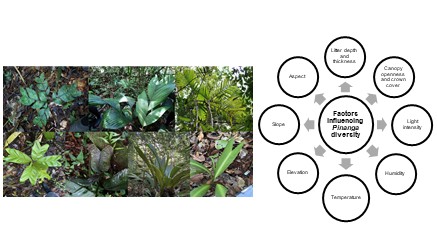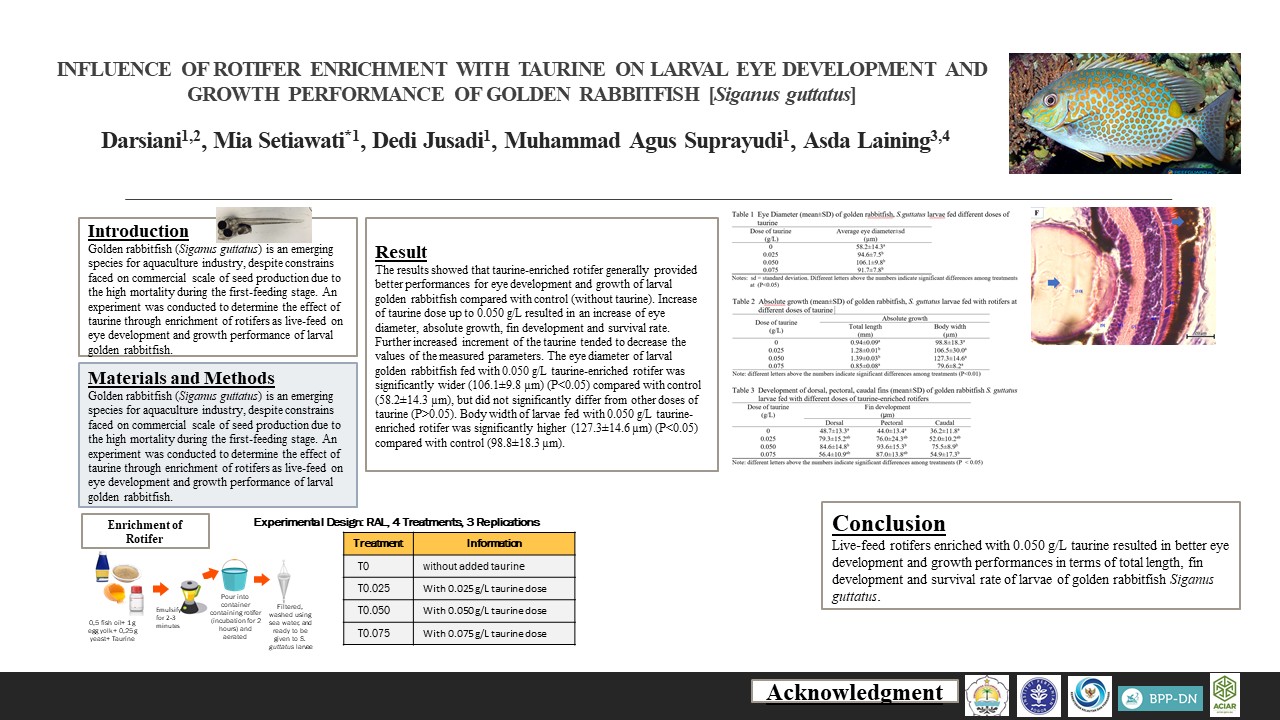OCCURRENCE OF ARBOREAL-CLIMBING GRAPSIDS AND OTHER BRACHYURANS IN TWO MANGROVE AREAS OF SOUTHERN LUZON, PHILIPPINES
Downloads
    Despite the obvious importance to ecosystem functioning, the most prominent groups belonging to the Grapsidae are generally regarded as less studied in the Philippines. In this study, the occurrence of arboreal-climbing grapsids and other brachyurans associated with the mangals of Quezon and Catanduanes was considered including some aspects on climbing, burrowing and feeding behaviour of selected grapsids represented by Hemigrapsus, Pseudograpsus and Metopograpsus. The non-grapsoid taxa are represented by Varunidae (Ptychognathus),   Portunidae (Charybdis, Portunus, Scylla, Thalamita); and Eriphiidae (Epixanthus). Metopograpsus latifrons (White, 1847) [Grapsus] is an exclusive mangrove tree climber (EMTC), while Pseudograpsus elongatus (A. Milne Edwards, 1873) is described here as occasional mangrove tree climber (OMTC). Hemigrapsus (Hemigrapsus) penicillatus (De Haan, 1835) [Grapsus (Eriocheir)] is a non-mangrove arboreal–climbing species (NTC) only seen on crevices of the mangrove areas. P. elongatus creates burrows most often than M. latifrons. Likewise, the study provides information on the presence of the portunid orange mud crab (Scylla olivacea); the green mud crab (S. paramamosain); the varunid (Ptychognathus altimana); and extremely abundant xanthiid crab, Epixanthus dentatus in the mangroves of Catanduanes but not in Pagbilao, Quezon.
Â
Downloads
Authors who publish with this journal agree with the following terms:
- Authors retain copyright and grant the journal right of first publication, with the work 1 year after publication simultaneously licensed under a Creative Commons attribution-noncommerical-noderivates 4.0 International License that allows others to share, copy and redistribute the work in any medium or format, but only where the use is for non-commercial purposes and an acknowledgement of the work's authorship and initial publication in this journal is mentioned.
- Authors are able to enter into separate, additional contractual arrangements for the non-exclusive distribution of the journal's published version of the work (e.g., post it to an institutional repository or publish it in a book), with an acknowledgement of its initial publication in this journal.
- Authors are permitted and encouraged to post their work online (e.g., in institutional repositories or on their website) prior to and during the submission process, as it can lead to productive exchanges, as well as earlier and greater citation of published work (See The Effect of Open Access).





















